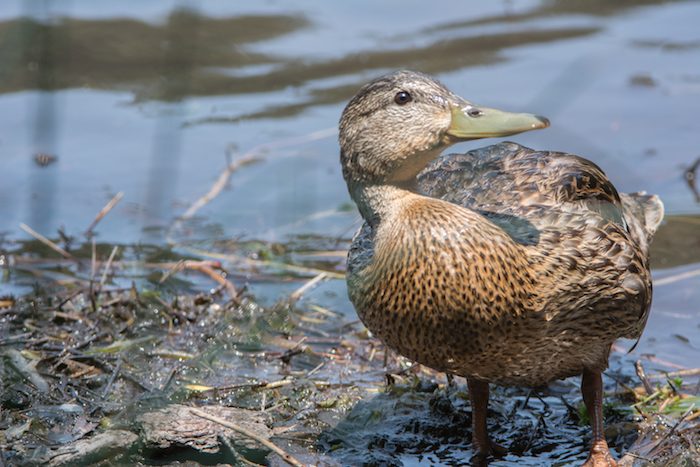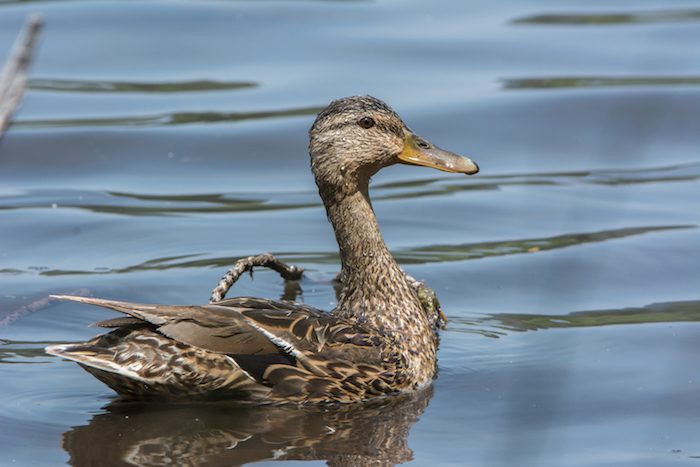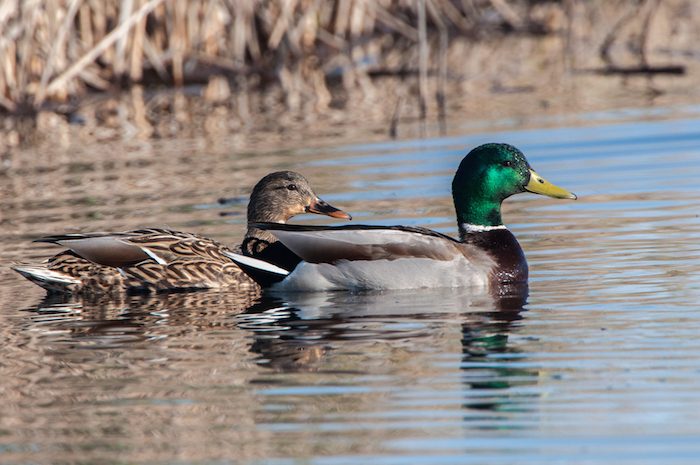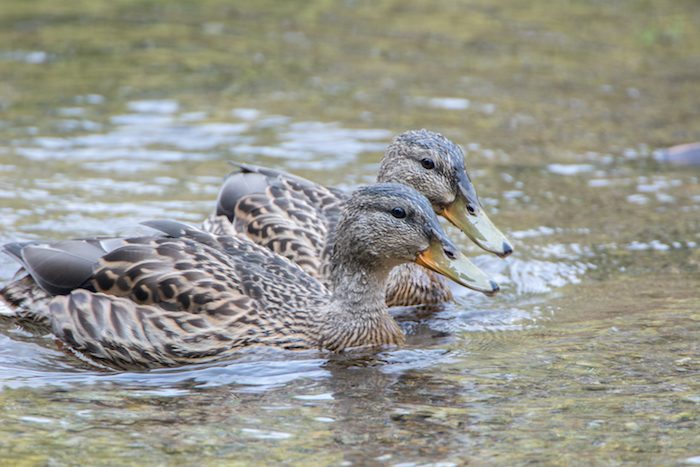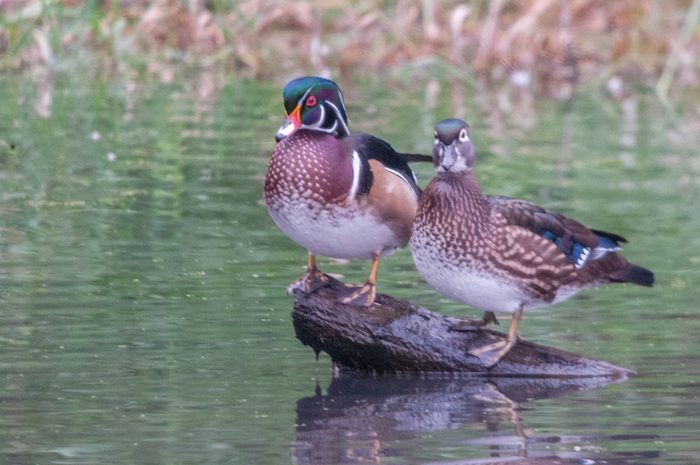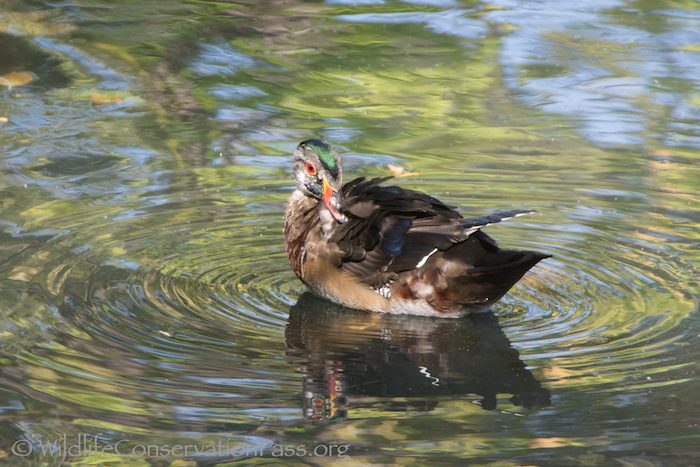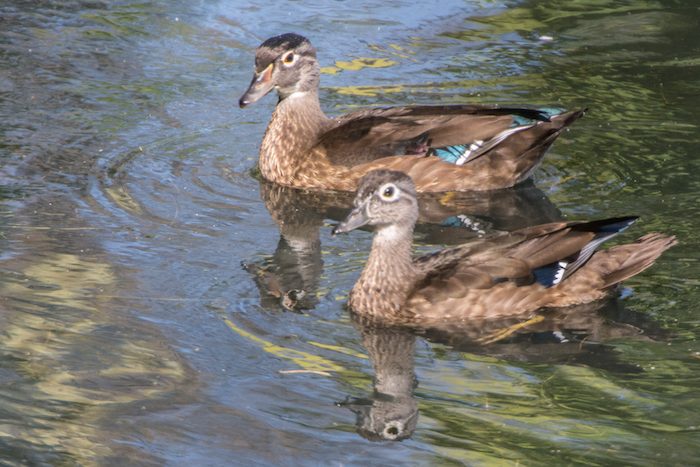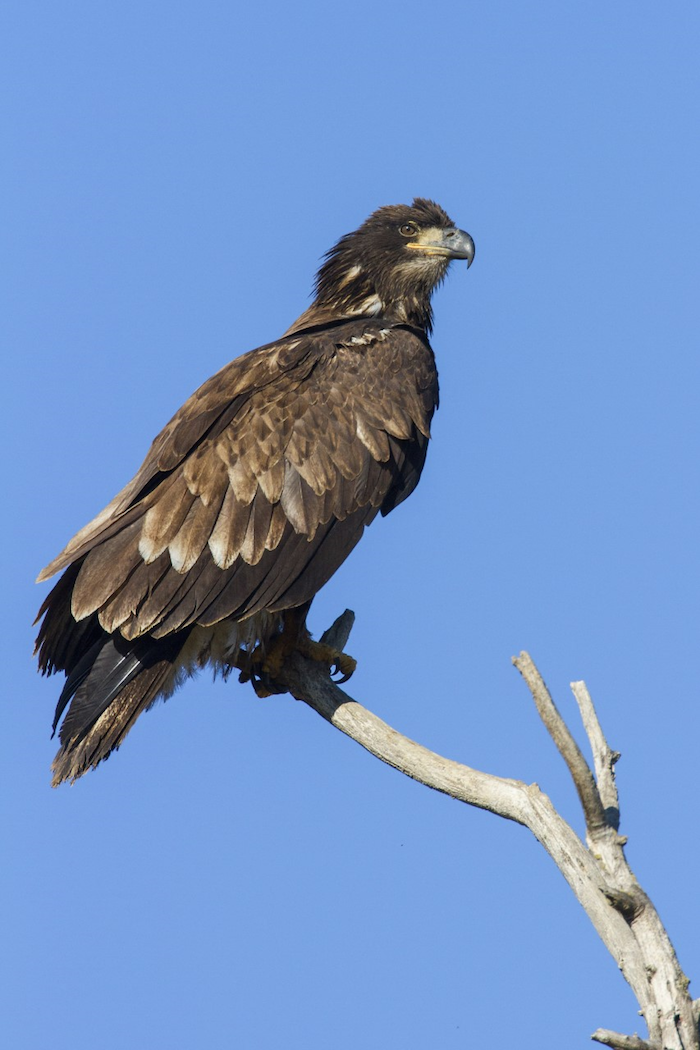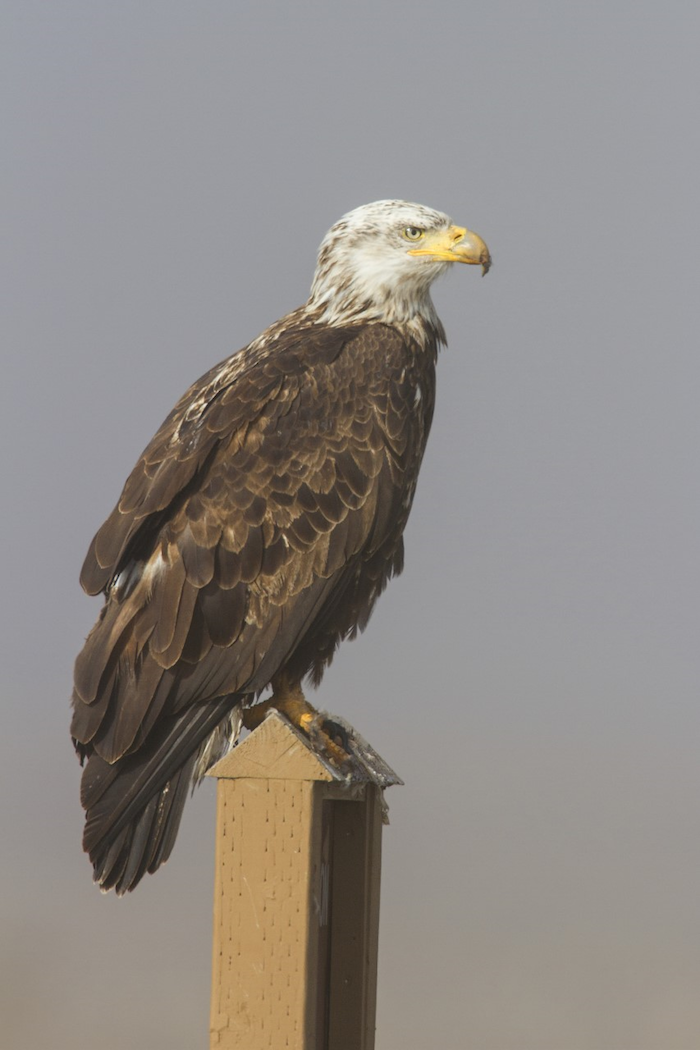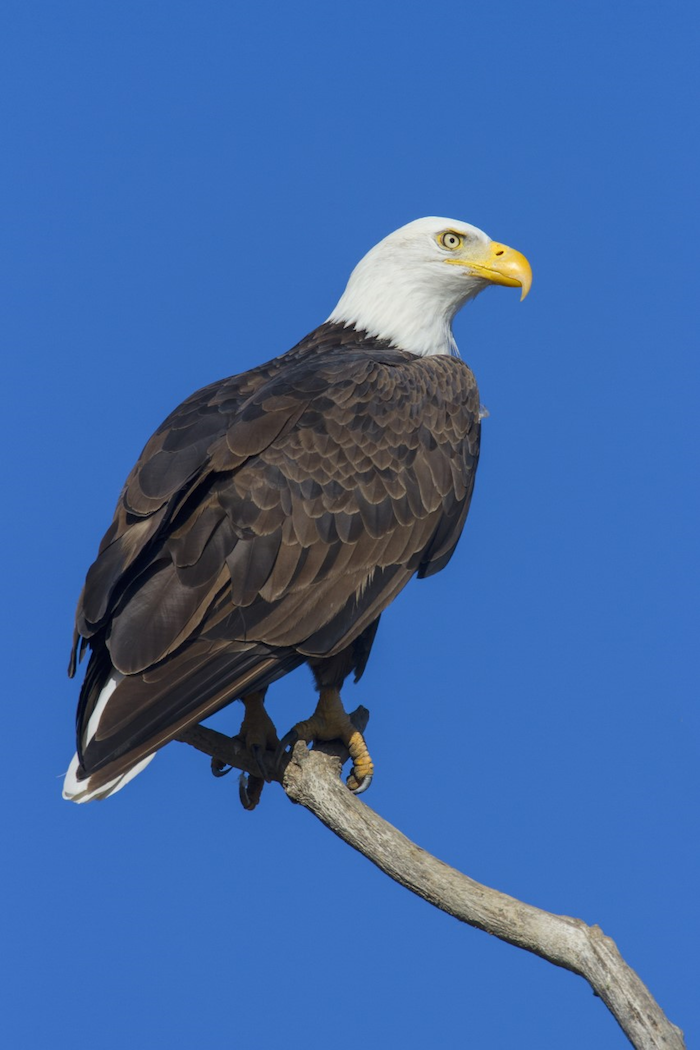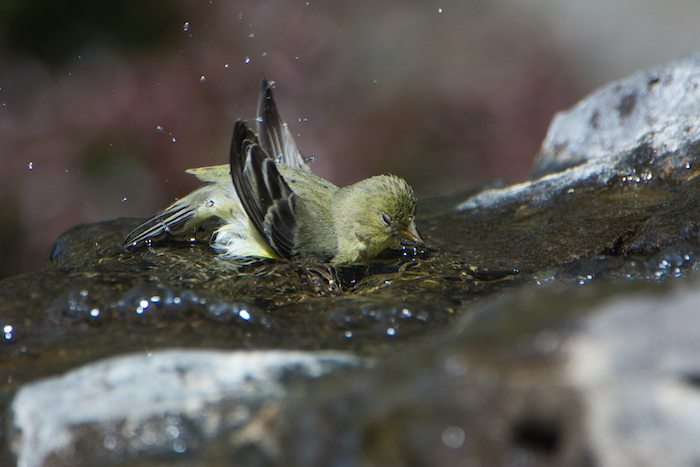
Emily Dickinson famously wrote “Hope is the thing with feathers.” Now, under the oppressive disorientation of Covid-19, massive wildfires, technological manipulation, and political fragmentation, we may find that such hope can offer useful direction.
Birds suffer illness and death just as we do, but like the canaries of old, sometimes they show the environmental effects sooner and more dramatically. Pollution, hurricanes, and fires cost human lives. For birds, these and other habitat changes coincide with their 30% decline in North America over the last half century.
This month hundreds of thousands of many species of songbirds were found scattered dead throughout the southern reaches of America’s Great Basin. We don’t know why yet. A leading initial guess is that the smoke damaged their lungs– a plausible explanation considering that the death-blow hit birds that were likely migrating, and flight muscles have a high demand for oxygen. Whatever the cause or causes, something is clearly wrong.
We shouldn’t be surprised. Worldwide, the international community has failed to meet a single of this past decade’s targets to maintain wildlife and life-sustaining ecosystems. The UN’s head of biodiversity, Elizabeth Maruma Mrema, reports that “Earth’s living systems as a whole are being compromised. And the more humanity exploits nature in unsustainable ways and undermines its contributions to people, the more we undermine our own wellbeing, security and prosperity.”
So we breathe toxic air, and birds fall out of it. But faced with adversity, hope cries for action. The big things for birds–designing development to accommodate biological health–are choices we make as a society, through government. The little things we can do individually and right now.
Water is needed as dry weather and smokey conditions continue. A shallow dish with a rock perch can provide both drinking and bathing opportunities. Sloping the water from shallow to an inch or so deep can allow different sized birds to use it. Refresh the water daily to clean out ash and thwart mosquitoes and disease.
Birdseed can sustain many species. Finches love black oil sunflower and thistle seeds. Sparrows, now returning from nesting grounds in Alaska and the Rockies, devour white millet and cracked grains–especially scattered on the ground. Avoid overfeeding–if the seed rots it will introduce harmful bacteria. If the birds eat the mix you offer, you’ve found a good one!
Food and water are best placed near plants that offer shelter from predatory hawks–but try not to conceal predatory cats! Cats are best kept indoors. They are one of the biggest contributors to songbird declines.
Plants, particularly native plants, offer both food and shelter for many species. Consider the birds as you design and tend your yard. Letting fall’s leaves lie will help develop a rich soil and natural bird food.
There are needs beyond what we can provide individually. Clean air is not something we can deliver in our private yards, nor can we individually protect extensive and diverse habitats. But as a society we can, and we each participate in society, locally, nationally, and globally. The UN, our body for international cooperation, plans to set this decade’s biodiversity goals next spring.
If we will deliver health and beauty for birds, we will be reaping it for ourselves, too. Those are feathers to hope on.

